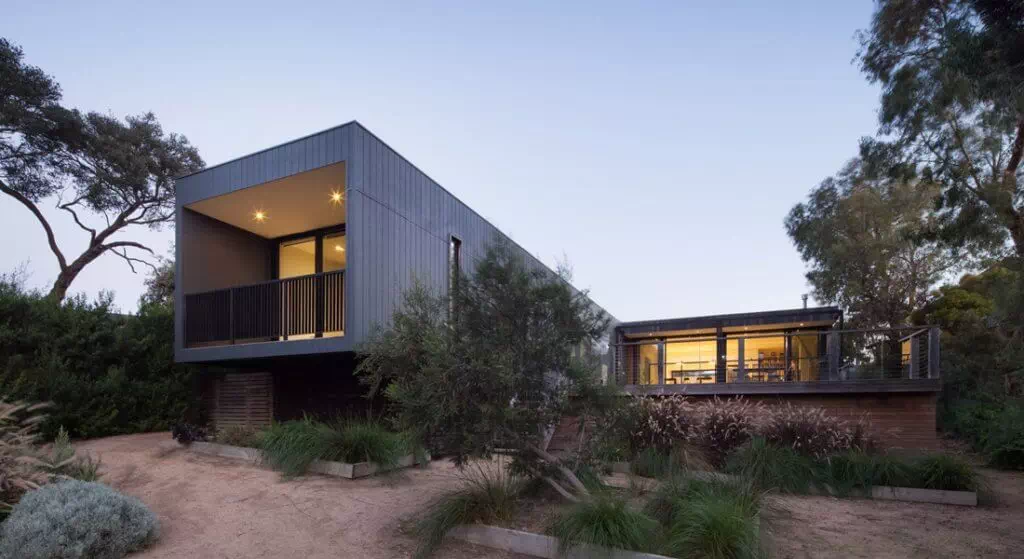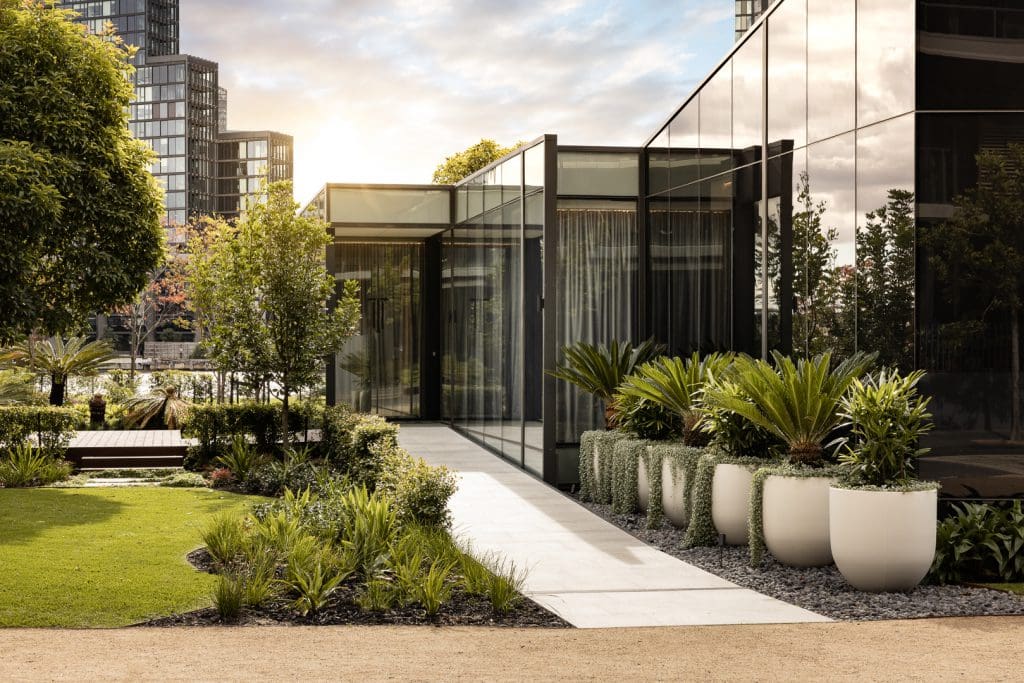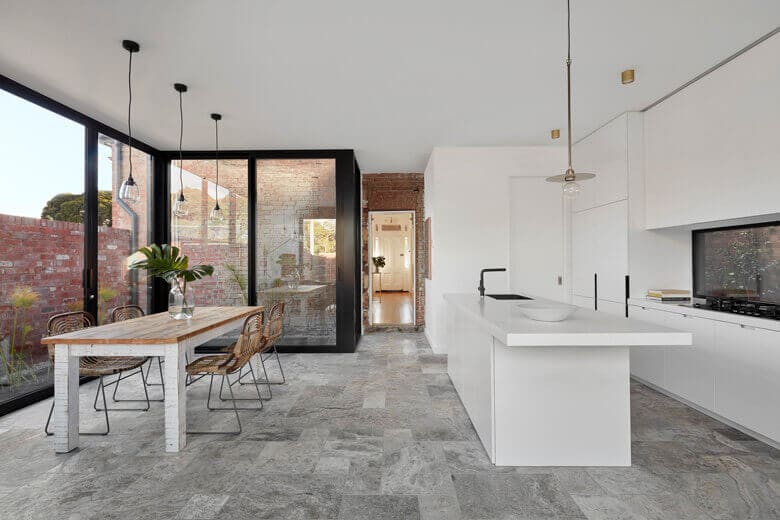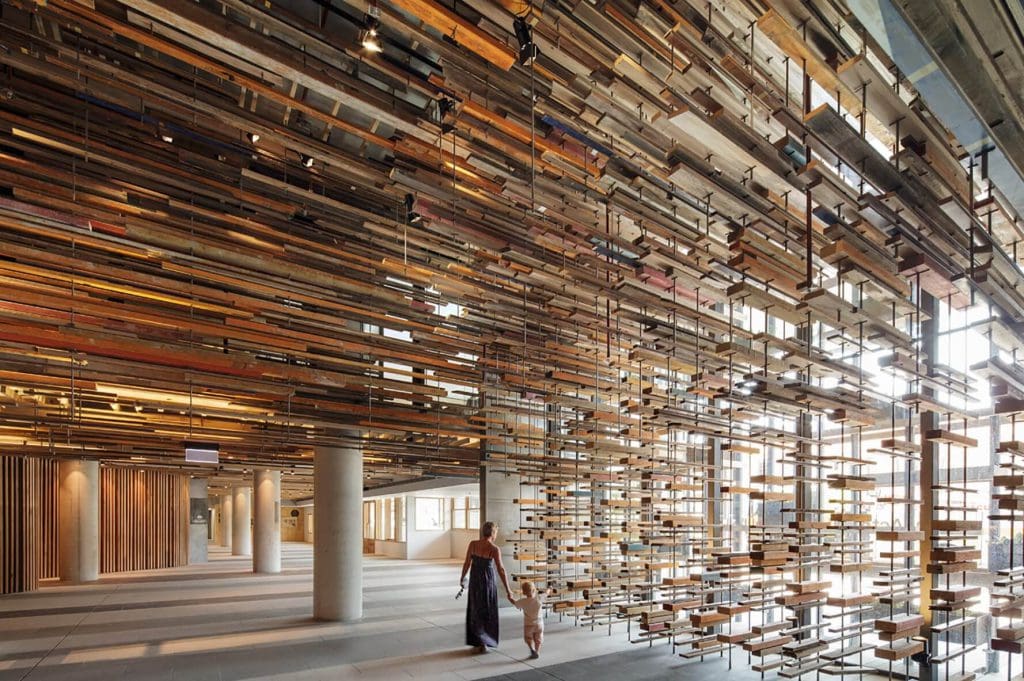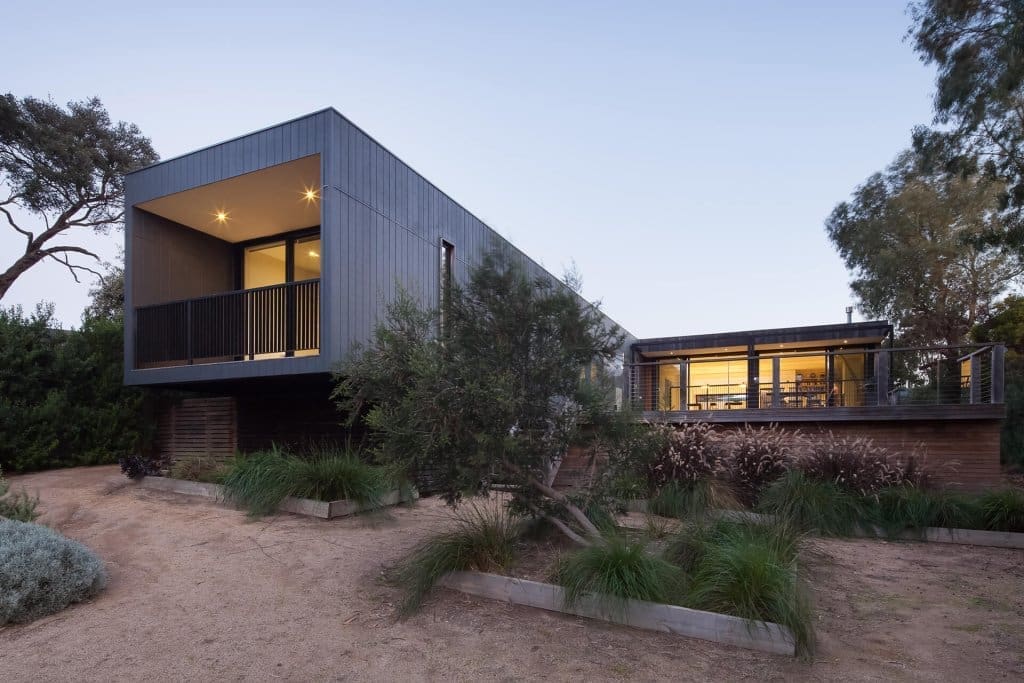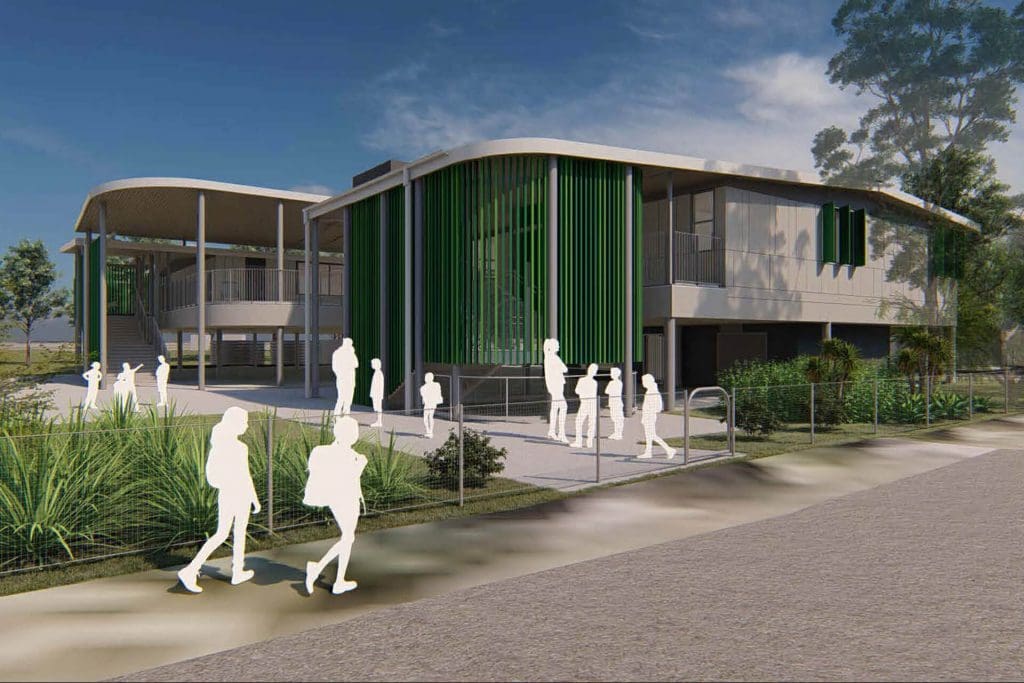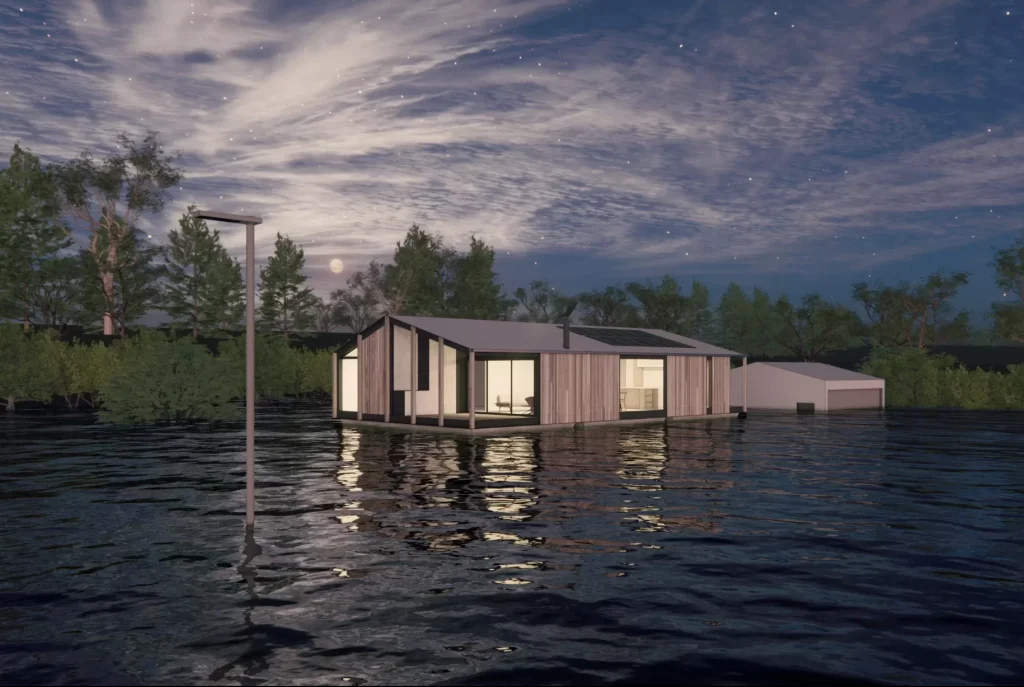How To Purchase Land For A Modular Home
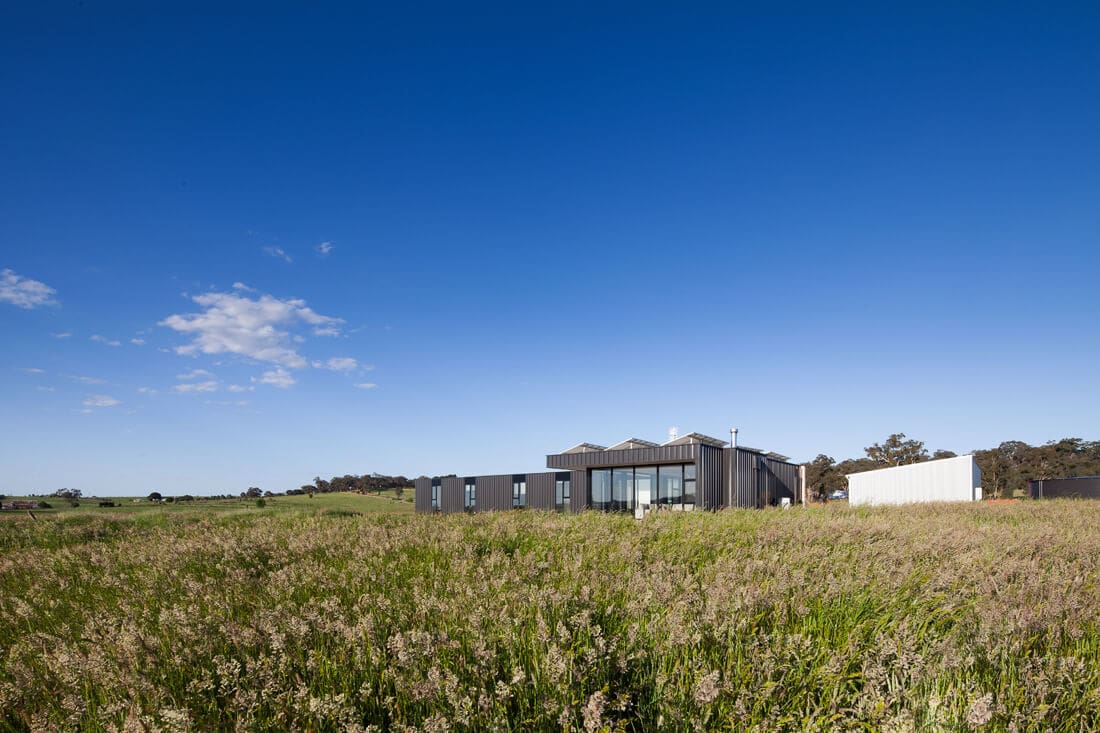
An empty block of land is a blank canvas giving you the freedom to design your future home exactly how you want it. Your needs, tastes, lifestyle and goals can all be taken into consideration and the final ‘masterpiece’ will reflect your personality.
We encourage you to keep in mind a few important factors when you’re looking for the perfect piece of ground for your modular home. Considering the following factors will ensure that you purchase land that is going to work for you throughout the building process and beyond.
From zoning requirements and the connection of services to the soil and overall usability of the land, it’s important to thoroughly analyse all aspects of a property to ensure it is suitable for your new home. If you’re considering a modular home for the land there are elements to take into consideration that will ensure the installation runs as smoothly as the build does.
1. Topography
Incline
When considering purchasing a block of land to build your future modular home on, it is important to consider the block’s topography.
One of the first things you should check is the incline of the land. The flatter the land, the easier and cheaper it will be to develop and build on. Sloping blocks can offer expansive views and often suit split-level homes. If the land is sloping, it may need to undergo excavation, which will need to be factored into the cost of the project.
That all said, Modscape’s modular construction is fortunately better suited to building on sloping land than traditional on-site building methods. The method circumnavigates many of the logistical challenges present by building on an incline, as modules sit on either screw piles or a steel frame gantry rather than a slab. This negates the need for necessarily having to excavate and level the land.
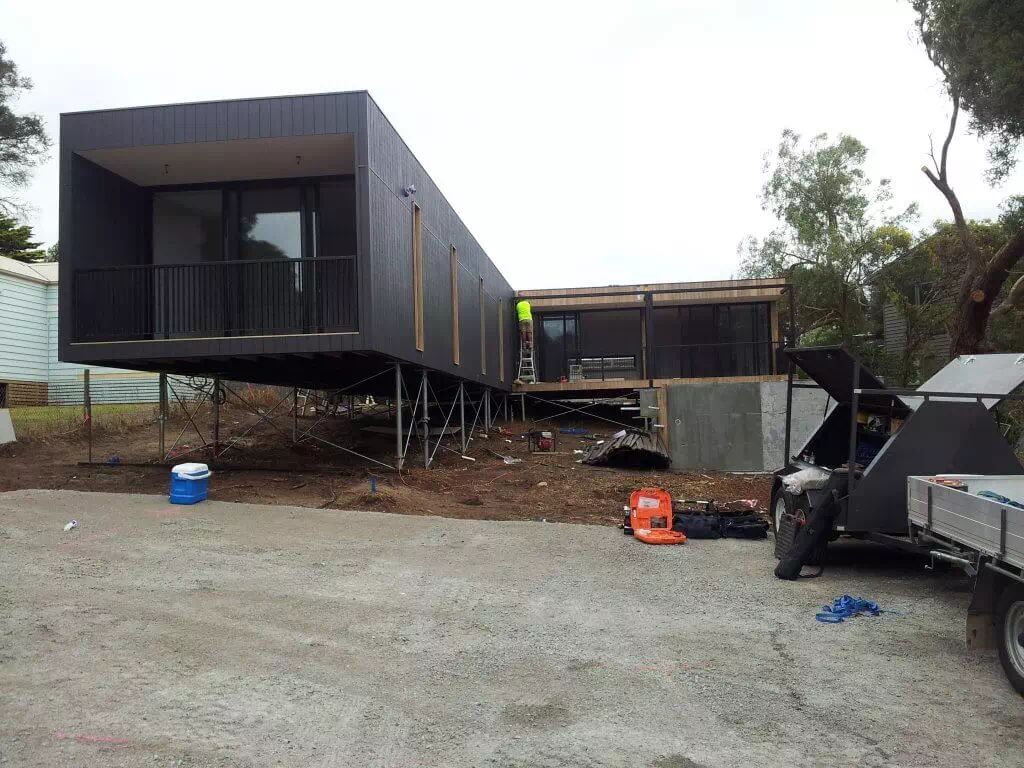
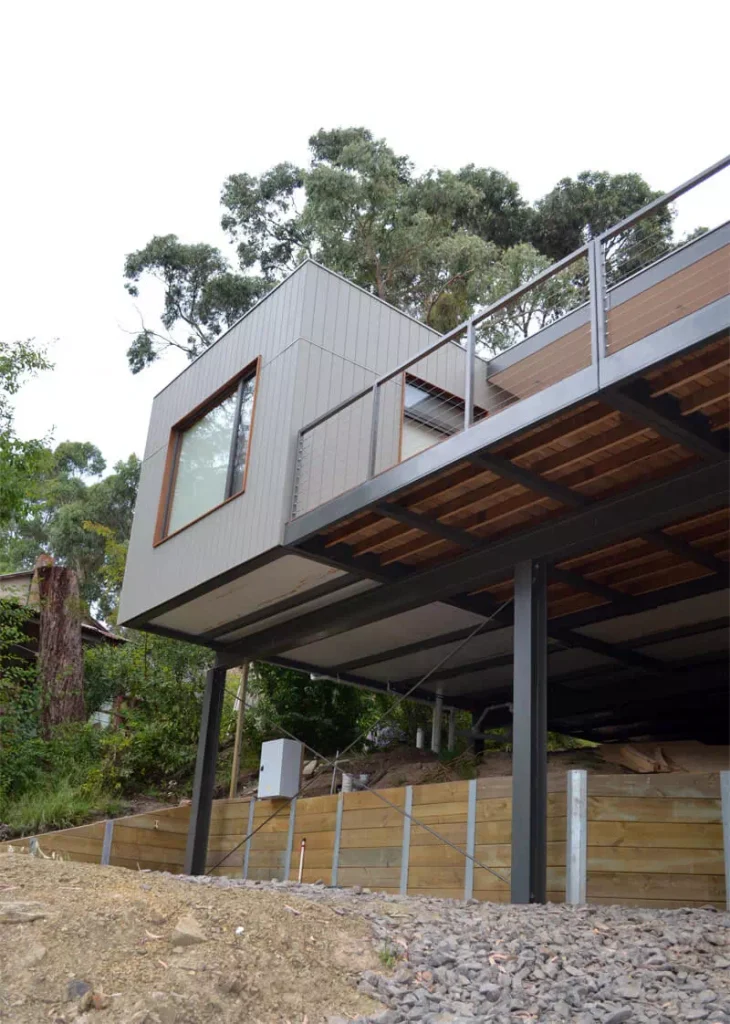
You will also need to consider the position of the house and the incline of the land relative to the road to ensure that water run-off during wet weather does not affect your property.
Soil
Another key element of a block’s topography to consider is its soil. The quality and composition of the soil will determine the stability of the land, the degree to which earthworks will be required in developing the land and the ease and cost with which you will be able to build your modular home’s foundations.
Carrying out a geotechnical investigation can help you determine the classification of the soil and what it would entail to build upon it. For example, it is useful to know whether the ground is made of any rock or if, on the other hand, it is extremely soft. The former will require additional excavation and hiring a rock breaker. In the latter case, it may be necessary to drill down a long way to stable ground. In waterfront locations or flood-prone areas, you might need to raise your future home on stilts or pilings. And on blocks that were formerly farmed, you will need to test the soil for residual pesticides and contaminants, as these may need to be removed. All these activities need to be factored into your budget.
Trees
Trees can be a great feature of a block. They offer shade, privacy and they’re usually lovely to look at. When considering purchasing a block you need to know whether your house plans could impact any of the trees. If tree removal seems on the cards, you will need to research any restrictions surrounding which ones you can or can’t remove from your property. This is extremely important when first considering a piece of land for development; it might appear to be the perfect block for your prefab home but if you are unable to move or remove a number of trees, it may prove unsuitable for your development purposes. Consult an arborist and your local council to discuss options and costs.
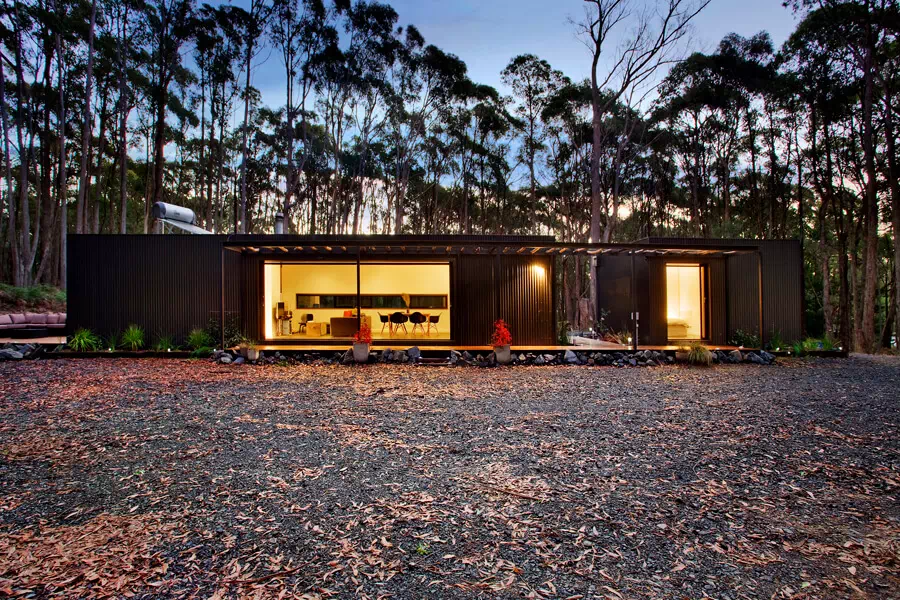
2. Access and connection
A block of land’s access to basic amenities is another vital element to consider when choosing a suitable site for your prebuilt house. Blocks in newer residential subdivisions are often easy to connect. Some acreages and farm properties in more regional areas may have limited (or no) services available which means you need to establish your own power and water supply.
Water
A proven source of water is extremely important. In some cases, water can be found beneath the land surface and a bore can be installed. Qualified hydrogeological and geophysical consultants are required to assess, map out, drill and install a pump to access bore water. Once you’ve paid for the set up you will have your own regular water supply.
You could also look to maximise and capture rainwater. The size of tank required is dependent on the home’s output. Our design team would be happy to put forward suggestions during the design development phase.
You will also need to think about how you will dispose of your waste water. In rural areas, it might be that the property itself will need to support a septic system. If this is necessary, it is important to ensure that the land will be able to accommodate one and to establish where it will be located. While these details might seem insignificant to your decision about whether or not to purchase a block, they could radically affect how your modular home project comes to fruition.
Waste water systems are soil sensitive and must be positioned so as to service your home while keeping far enough away from your main water supply to avoid any potential contamination. If the soil is not suitable, you might have to build an above ground waste water system. These factors need to be considered when looking at your property layout. The ideal sequence would be to establish the most appropriate location of the septic system before you finalise a site for your house.
Utilities
Aside from water, it is important to consider the availability of other utility services in the area and which companies might be able to connect them. The less pre-existing infrastructure there is, the greater the costs will be to initially connect your modular home. Blocks of land that operate completely off-the-grid will require a set up cost which can be significant. The financial rewards will come later with self-sufficiency.
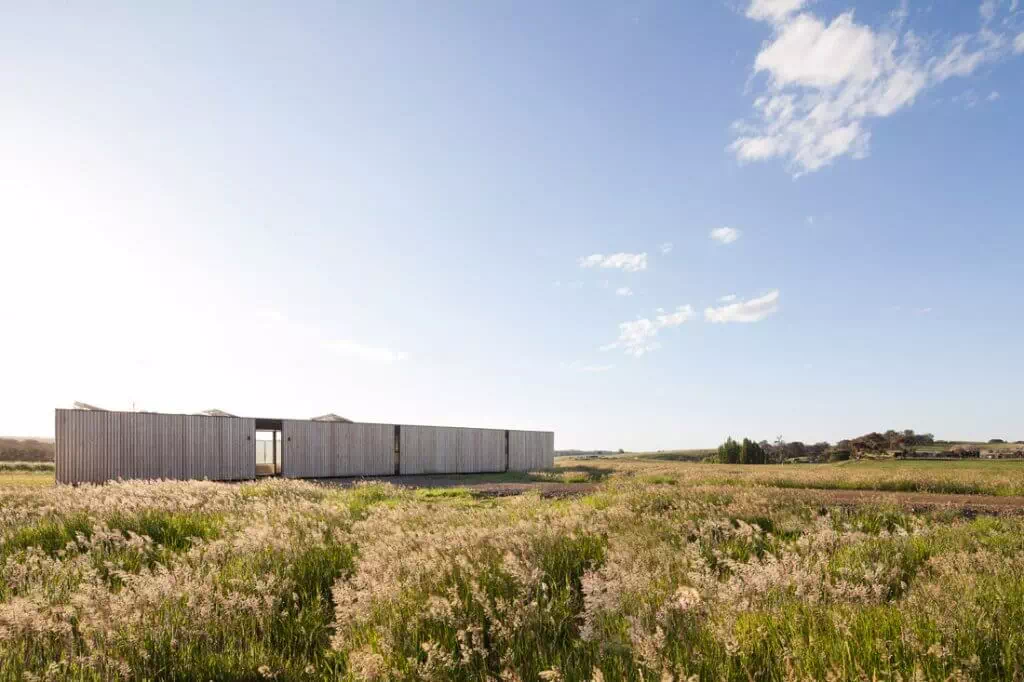
Access roads
Road access is important to the viability of living on the block but is even more so if you are intending to build a modular home. Accessible roads that are suitable for large loads (like the modules themselves) will be necessary. Our modular system is flexible so we can create smaller modules if site access is an issue but consider tight corners, narrow roads and large overhanging trees in your search for the perfect block.
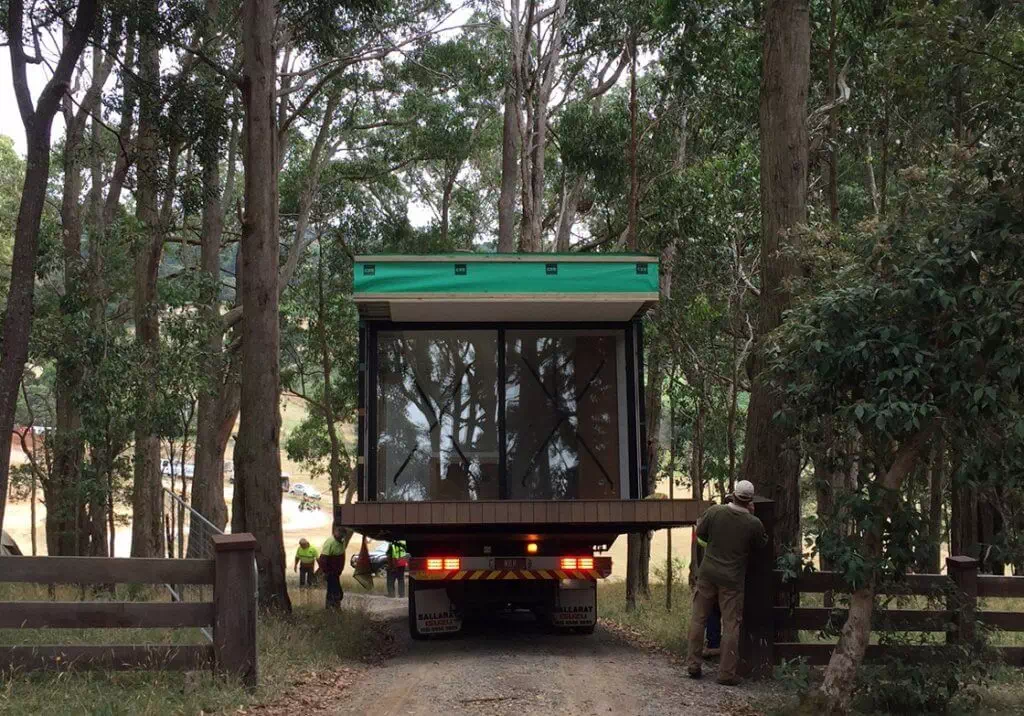
3. Zoning and restrictions
When considering a block of land for development, investigate all zoning and overlay restrictions placed upon it. If the property adjoins crown land, has water frontage or has a disused government road running through it, it might be subject to prohibitive restrictions. All land is subject to a planning scheme by the local council and, as explained by Consumer Affairs Victoria: “how the property is zoned and any overlays that may apply, will determine how the land can be used. This may restrict such things like whether you can build on vacant land or how you can alter or develop the land and its buildings over time.”
Purchasing land that is already occupied by a house can lend a degree of certainty that the block can legally be developed residentially. Vacant blocks should be fully assessed to ensure you are able to utilise them in the way you intend; this includes carefully considering permits or restrictions pertaining to anything you might decide to plan in the future such as pools, sheds, bungalows or detached garages.
If your site is in Victoria you can go to The Land Channel and search using your address. The free basic property report provided stipulates whether there are any overlays present on your site. Examples of possible overlays include Bushfire Management Overlay, Heritage Overlay, Neighbourhood Character Overlay and Significant Landscape Overlay to name a few. Some blocks of land may have more than one overlay in place. If an overlay applies to your site there is an increased likelihood that a Planning Permit will be required from the local council. Our blog post on Permits and your prefabricated home is a good introduction to planning and building permits when it comes to prefabricated modular homes.
When investigating zoning restrictions, consider what kind of construction is permitted in the area and any future construction projects planned in the region. Also look at restrictions on subdividing and if there are any particular restrictions on your parcel of land. Houses on neighbouring blocks may not be an indication that you can legally build. They may have been constructed before the passing of a now-existing zoning law.
You should also look at covenants on building materials or how a lot can be used. For example, if the property is nearby to an airport or major highway, there may be a covenant that dictates the need to install double-glazed glass for the purpose of noise reduction. Factors like these are important to consider with regard to your project’s budget.
Additionally, understanding the zoning restrictions in place in the area can also help you understand the area’s future. Knowing whether there will be high density construction in the near future or whether there are construction plans for neighbouring land, for example, will help you predict the long term value of your investment. If you have purchased a parcel of land for its view, you should be certain that no high-rise projects can tarnish that. Or, if you’ve purchased a country block for its peace and quiet, you will want to be certain the neighbours don’t have plans to build a warehouse.
Environment
Aside from zoning and planning requirements, research the environmental and historic significance of the plot of land you’re considering purchasing. Protected areas such as wetlands, archaeological sites and areas that accommodate endangered species may prove difficult to develop. There may also be encumbrances on a property’s title which prohibit the development of the land.
Many parts of rural Australia are subject to high bushfire and flood danger. As a result, in some particularly sensitive areas, there are design guidelines that must be followed when erecting a new building. These guidelines usually stipulate the materials and position of a building to ensure it complies with the region’s bush-fire safety program. If this is the case for your block of land, consider also the implications of dwelling in a natural disaster-prone area for your insurance later down the track.
Vegetation
Your plans to develop a piece of land might involve the removal of vegetation or bushland. For example, the spot on which you’d like to place your modular home might need to be cleared of plant life. If the vegetation is considered native to the land, you will need to be granted permission to remove it. This is a particularly important point to consider when evaluating a potential block for your next home as you may not initially realise that the plant life is considered native. And if you are unable to disturb any native vegetation once you have already purchased the block, you may face challenges in working around it throughout your development.
If there is native vegetation on your property, you might be required to design around it and prove that your plans strive for minimal disturbance of it. Currently, there are incentives for land owners to preserve native vegetation as an important aspect of the Australian fauna and flora. As such, you might need to offset any permissible removal of vegetation by planting new vegetation elsewhere.
Purchasing a vacant piece of land is an exciting endeavour; to have the freedom to choose the design of your house and where it will be positioned. Knowing every detail about a parcel of land before purchasing it will help you make an informed decision about whether or not you will be able to use it in the way you desire. One of the huge benefits of going with a modular home is that there are no unexpected costs incurred throughout the building process and installation. The key to establishing a budget and sticking to it is to plan and research as much in advance as possible. From council restrictions through to soil composition and connectivity, understanding how a block can be developed will ensure the smooth development of your dream modular home.
